



The global view on bird flu
How six of the major global poultry players are protecting themselves from an avian flu epidemic.For any nation that wants to protect its poultry industry, an efficient biosecurity system for production is essential. But some countries have more effective systems than others. With various strains of avian influenza affecting major poultry-producing countries around the world, millions of birds have already been killed – but with improved biosecurity there might have been fewer incidents in the first place.
Here, we look at the efforts taken by six of the major global poultry players – the UK, Brazil, the US, South Africa, China and India – to protect themselves from an avian flu epidemic.
UK (under EU governance)
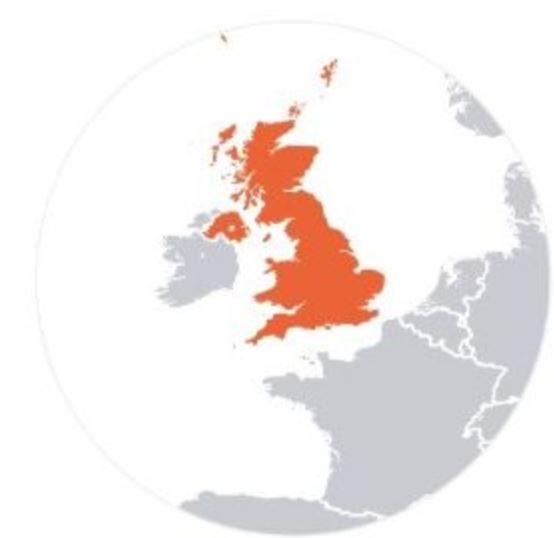
In the UK there are strict best-practice guidelines designed to keep poultry units disease-free. Even though the UK imports almost twice as much poultry meat as it exports, the value of those exports is in the region of £440 million. The UK government advises poultry farmers to reduce the movements of people, vehicles or equipment into areas where farm animals are kept where possible, with the aim of minimising potential contamination with manure, slurry and other products that could carry disease. Poultry farmers in the UK have a key responsibility in preventing or eradicating disease in animals, and by practising good biosecurity can offer peace of mind, healthy stock and viable businesses.
Where direct contact with farm animals does occur, farmers are urged to cleanse and disinfect protective clothing, footwear, equipment, vehicles before and after contact, or where practicable use disposable protective clothing. To avoid disease in a poultry flock it is essential to provide clean drinking water and food – preferably indoors, to prevent contamination by wild birds and other animals. Other biosecurity measures include isolating new birds; preparing a plan should the flock need to be brought indoors; and thoroughly cleaning and disinfecting housing at the end of a cycle.
Keepers of free-range poultry should also have contingency plans to house them in emergencies. For more information on controlled zones and isolating birds, see the Defra guide on disease notification and restrictions.
Brazil
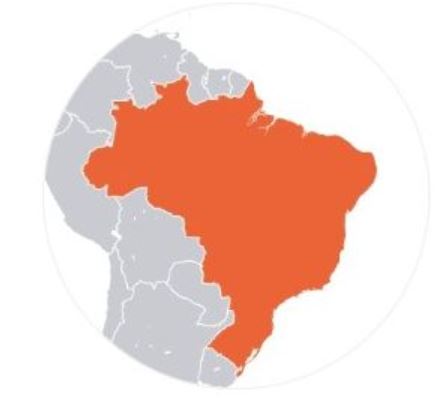
After the United States and China, Brazil is the third-largest producer of poultry meat in the world but is the largest exporter internationally. There are more than 50 million broilers produced in the country each year, but at a high cost as the units are fairly labour intensive.
The Brazilian government says it takes poultry biosecurity very seriously indeed, which makes sense given poultry meat exports are worth US $7.7 million a year.
While bird flu has been sweeping the rest of the world, Brazil has remained untouched and is supplying more poultry meat globally due to its disease-free status.
However, the Brazilian government is not being complacent and has ramped up its biosecurity measures in a bid to keep bird flu out of the country. In fact, Brazil’s poultry producers have one year to comply with new prevention rules issued by the Ministry of Agriculture.
One of the major precautions farmers must take is to install screens to isolate reared animals from wild birds at all production sites. Other measures insisted on include the installation of disinfection arches used to decontaminate vehicles transiting on site, and to provide only chlorinated water to their animals.
Brazil’s farm minister Blairo Maggi stressed it was important producers complied to the new rules and warned that if avian influenza makes it to Brazil, “our losses will be incalculable”.
Farmers have to bear the costs of compliance themselves and in some areas 100 per cent of units already have the full complement of new measures in place.
USA
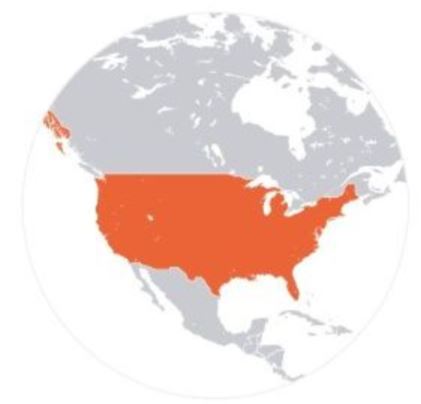
As the largest producer of poultry meat in the world, the United States is also keen to protect its industry by practising good biosecurity. In 2002-2003 an outbreak of Newcastle disease hit the US, resulting in over four million birds being killed and costing the US taxpayer $170 million to eradicate.
Keeping exotic or foreign animal diseases out of the United States is the responsibility of the US Department of Agriculture’s (USDA) Animal and Plant Health Inspection Service’s (APHIS) Veterinary Services (VS) programme. Within VS, the Emergency Management and Diagnostics staff provide expertise on exotic animal diseases, ensure adequate disease surveillance within the United States and maintain a high level of emergency preparedness and provide resources to respond to and eliminate disease outbreaks. APHIS has a list of dos and don’ts which offers basic tips for a poultry farm to stay secure and disease-free, including “don’t borrow disease fromyour neighbour” – meaning farmers should avoid borrowing tools, machinery or equipment from others since they may be contaminated.
On top of the normal biosecurity measures the advice includes not allowing visitors near livestock or poultry unless absolutely necessary. If a farmer, his family, or employees have been on other farms, at feed lots, petting zoos, auctions, or other places where there is livestock and poultry, they must be sure to clean and disinfect their truck or car tyres and equipment before going home. If a poultry keeper has shown birds at a fair or exhibition, or are bringing in new animals, they must keep them separated from the rest of the flock for 30 days after the event.
South Africa
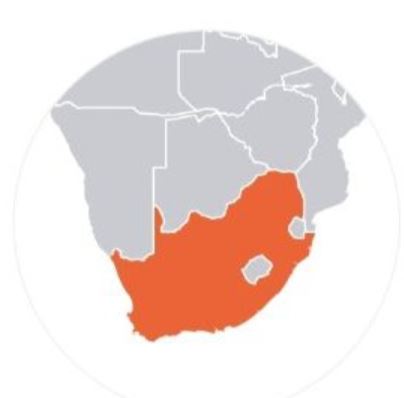
Although South Africa has never had a bird flu outbreak that affected its poultry industry though there have been cases in ostriches, the most recent in late 2016. A recent outbreak in neighbouring Zimbabwe, meanwhile, has got the South Africans worried as many people travel between the two countries, as do wild birds. As a result, South Africa’s Department of Agriculture has intensified inspections of all consignments at all ports of entry, and especially those travelling in and out of Zimbabwe.
Since the mid 2000s the South African government has had a contingency plan in place in the event of an avian influenza outbreak, to protect its national flock of 140 million chickens. However, as that plan is over ten years old and has never been implemented, poultry farmers are not too sure how effective it would be in containing a real epidemic.
Among other biosecurity measures, the South African government advises poultry farmers to operate with a stocking density of 15 to 20 birds per square metre and avoid overcrowding. Chickens should be monitored at all times and farmers should be prepared with an action plan to follow if disease hits. Other advice includes making sure poultry houses have been designed to protect the chickens against rodents, wild birds and adverse weather.
China
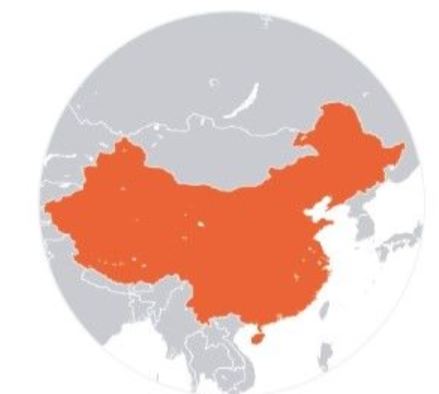
In January 2017, China reported that 79 people had died from a deadly strain of avian influenza, which is the worst outbreak of H7N9 since the strain first appeared in humans in 2013. Most of those affected reported having contact with infected birds or having visited a live-bird market. There have been more than 1,200 human cases of H7N9 reported since 2013. Accordingly, China has invested heavily in its surveillance of poultry farms and live bird markets.
Vincent Martin, representative in China of the Food and Agriculture Organization of the United Nations (FAO), said in March 2017: “To protect human health and people’s livelihoods, it is essential to tackle the disease at its source in poultry. Efforts need to target eliminating H7N9 from affected farms and markets. Targeted surveillance to detect the disease, and clean infected farms and live-bird markets, intervening at critical points along the poultry value chain from farm to table is required. There should be incentives for everybody involved in poultry production and marketing to enforce disease control.”
The live poultry trade in several Chinese cities was suspended following the outbreak and people were asked to switch to frozen chicken. China’s Ministry of Agriculture is calling once more for improved biosecurity in markets, and forbidding birds from remaining overnight in order to avoid accumulation of the virus.
India
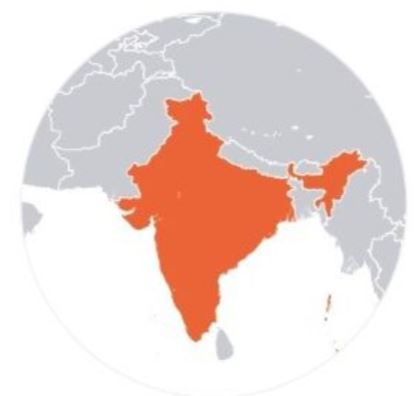
India has had its fair share of bird flu outbreaks, often transmitted to domestic flocks via wild birds. As part of its biosecurity plan, the Indian government has urged poultry keepers to secure their perimeters and keep “Restricted” signs posted at drive entrances. It has also encouraged keepers to ensure there are no trees, dense foliage or any other potential roosting sites for wild birds around sheds. The authorities also advise that dead birds should be removed from units on a daily basis and disposed of by an approved method. Sick or dying birds, the government has advised, should be sent to a state laboratory for diagnosis. All commercial growers should contact their flock supervisor for further advice.
This article was originally published in the July 2017 edition of Poultry Digital









